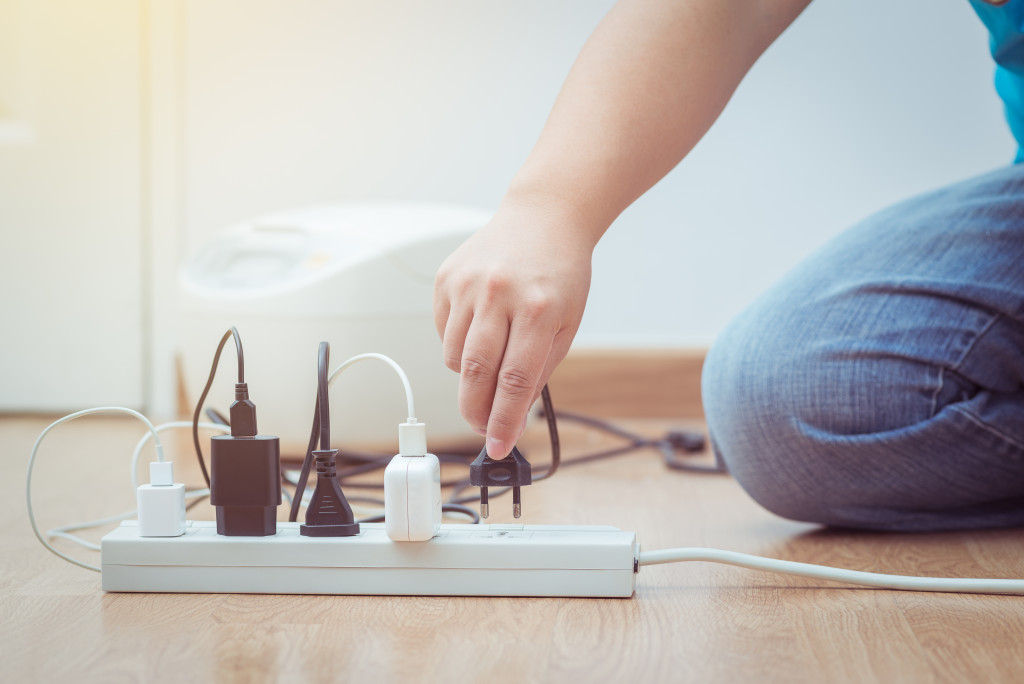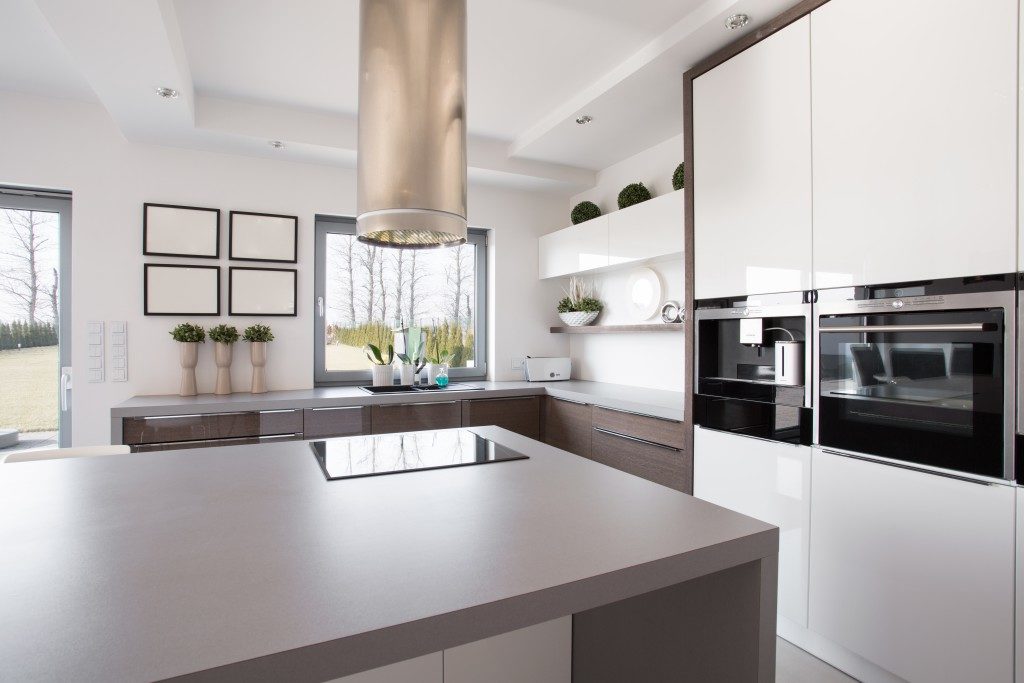- Install outdoor lighting, alarm systems, strong door locks, and security cameras to maximize home safety.
- Conduct regular electrical maintenance inspections and repairs to reduce the risk of potential problems and minimize damage.
- Childproof the residence to keep hazardous materials away from children and prevent accidental falls or injuries.
- Update wiring and insulation for energy efficiency and replace old appliances with newer models to save on costs.
The safety of one’s home is essential for homeowners. It provides a sense of security and peace of mind, and a safe home also helps protect a family from harm or loss.
According to the United States Fire Administration, an estimated 346,800 residential structure fires occurred on average the past five years. These fires caused 2,915 civilian deaths, 16,500 civilian injuries, and $9.4 billion in property damage. On average, seven people die each day due to residential structure fires. Eighty-six percent occur in homes without smoke detectors or with non-working ones. Furthermore, the US Department of Justice has reported that over two million burglaries occur yearly, with over half involving forced entry into a residence.
Home hazards are also a significant concern regarding the safety of one’s home. Carbon monoxide, electrical hazards, mold, and asbestos are all potential risks that could put a family in danger if left unchecked.
To maintain the safety of your home and protect your family from harm or loss, you must stay aware of any potential threats or dangers. Here are a few steps to take for an overall safe home.
Security Measures

Security measures are one of the most important steps homeowners can take to ensure the safety of their homes and family. Keeping residences safe is a top priority, and several features can help protect families from harm or loss. Here are four security measures that can maximize the safety of a home:
Outdoor Lighting
Outdoor lighting is essential for deterring intruders. Motion-activated lights will turn on when someone approaches, creating an illuminated area and making it difficult for burglars to hide in shadows or sneak onto the property. Lights should be installed around entry points, such as doors and windows along pathways and walkways leading to the residence.
Alarm Systems
Alarm systems protect against break-ins by sounding an alert when an intruder attempts to enter the home. These systems come with various features, such as sensors, cameras, and motion detectors, which can detect movement inside or outside your property. Some alarm systems also have remote control capabilities to monitor your residence while away from home.
Door Locks
Installing strong door locks is one of the easiest ways to improve home security. Deadbolts are some of the strongest available and add extra protection against forced entry into your residence. Replacing standard door knobs with smart locks lets you control access remotely via an app or device such as a key fob.
Security Cameras
Security cameras provide another layer of protection by allowing homeowners to monitor their property anytime via video surveillance footage. These devices come in various shapes and sizes, including indoor models that capture pictures of potential intruders attempting to enter through windows or doors and outdoor models capable of capturing activity throughout entire properties at night or day using infrared technology.
Electrical Maintenance
Electrical maintenance is an essential part of home safety and security. Electrical hazards can lead to severe injury or death if not appropriately addressed, so taking the necessary steps to ensure your electrical systems function correctly is crucial. Regular inspections and maintenance can help reduce the risk of potential problems and minimize any damage that may result from an electrical hazard.
Electrical Safety Reports (EICR) are assessments conducted by an EICR assessor to detect any issues with electrical installations and ensure they meet safety standards. EICRs provide a detailed report of all the findings, outlining potential hazards or areas needing attention. Inspections should include checking wiring and outlets for signs of wear and testing circuit breakers and other components to ensure they function correctly.
Electrical maintenance can also help create energy efficiency in homes by addressing inefficient systems, such as outdated wiring or appliances that draw too much power. Updating tired wiring and insulation can reduce energy costs, while replacing old appliances with newer models may provide significant savings over time. Additionally, repairing faulty wiring or loose connections can help prevent fire hazards due to overheating or sparking wires.
Childproofing Your Home

Childproofing a residence is one of the best ways to keep your family safe and secure. This includes safety measures such as cabinet locks, outlet covers, door knob covers, window guards, and corner cushions to protect against accidental falls and injuries. It also means ensuring all hazardous items are out of reach and locked away from curious hands or inquisitive minds.
Kids often get curious about hazardous substances found in the home, such as cleaning agents and medications. Keeping these items secured away from children is a must to ensure their safety and can help reduce any potential risks of accidental poisoning or ingestion.
Final Thoughts
Home safety is an essential consideration for all homeowners. Taking the necessary steps to protect your residence and family from harm or loss can help ensure peace of mind and security. The above tips can help create a safer and more secure home for you and your family. Home safety is an ever-evolving process, so staying current on the latest security technology advancements is essential. With the proper measures, homeowners can feel confident that their properties are as safe and secure as possible.



